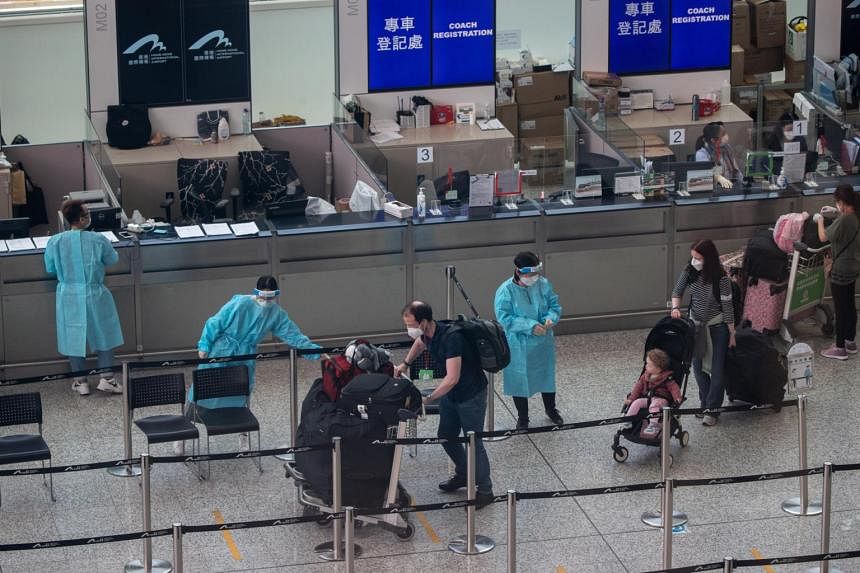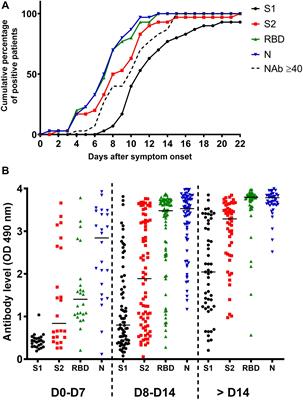Good news, it’s getting easier to travel to China:
Travellers from Singapore to China will need to do fewer pre-departure tests for Covid-19, but quarantine remains. Read more at straitstimes.com.

www.straitstimes.com
BEIJING - Travellers from Singapore to China will need to do fewer pre-departure tests for Covid-19 following changes announced by the Chinese embassy in Singapore on Friday (May 20), even as another district in Beijing went into a semi-lockdown on Saturday.
They will no longer need to do a polymerase chain reaction (PCR) test seven days before flying, nor antibody tests, which used to be required.
The changes will take effect immediately, the embassy added in the notice on its public WeChat account.
But travellers from Singapore will still be required to isolate themselves for seven days - which can be done at home - before departure, and undergo two PCR tests two days before and within 24 hours of departure.
They will need to upload their test results and a letter stating their commitment to self-isolate for seven days to an Internet portal before they can attain a health code, which is necessary for entry into China.
Travellers will also need to do an antigen rapid test (ART) within six hours before boarding, on the day of check-in.
No changes were announced regarding quarantine upon arrival, which is at least two weeks depending on the city travelled to.

www.straitstimes.com



